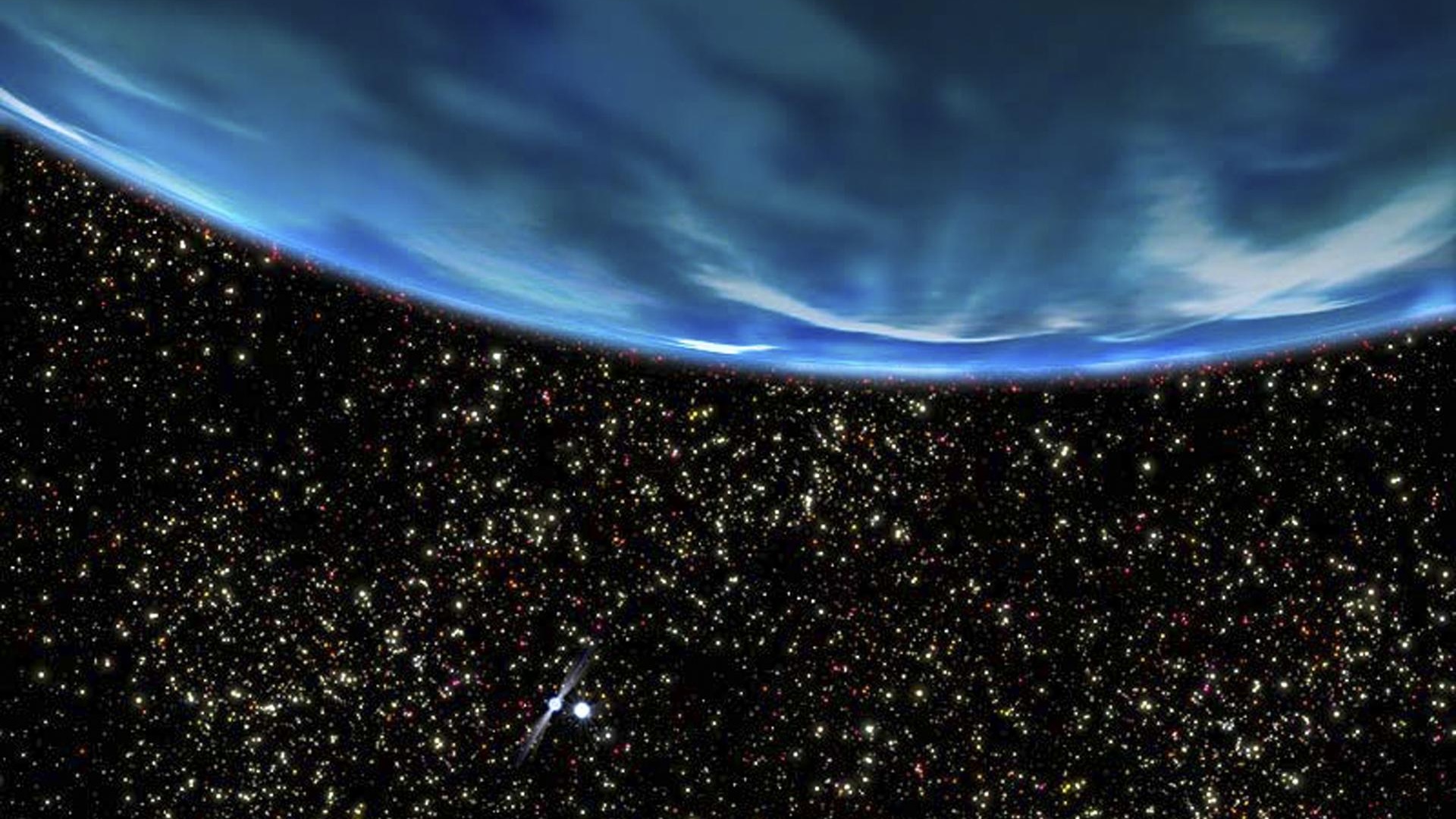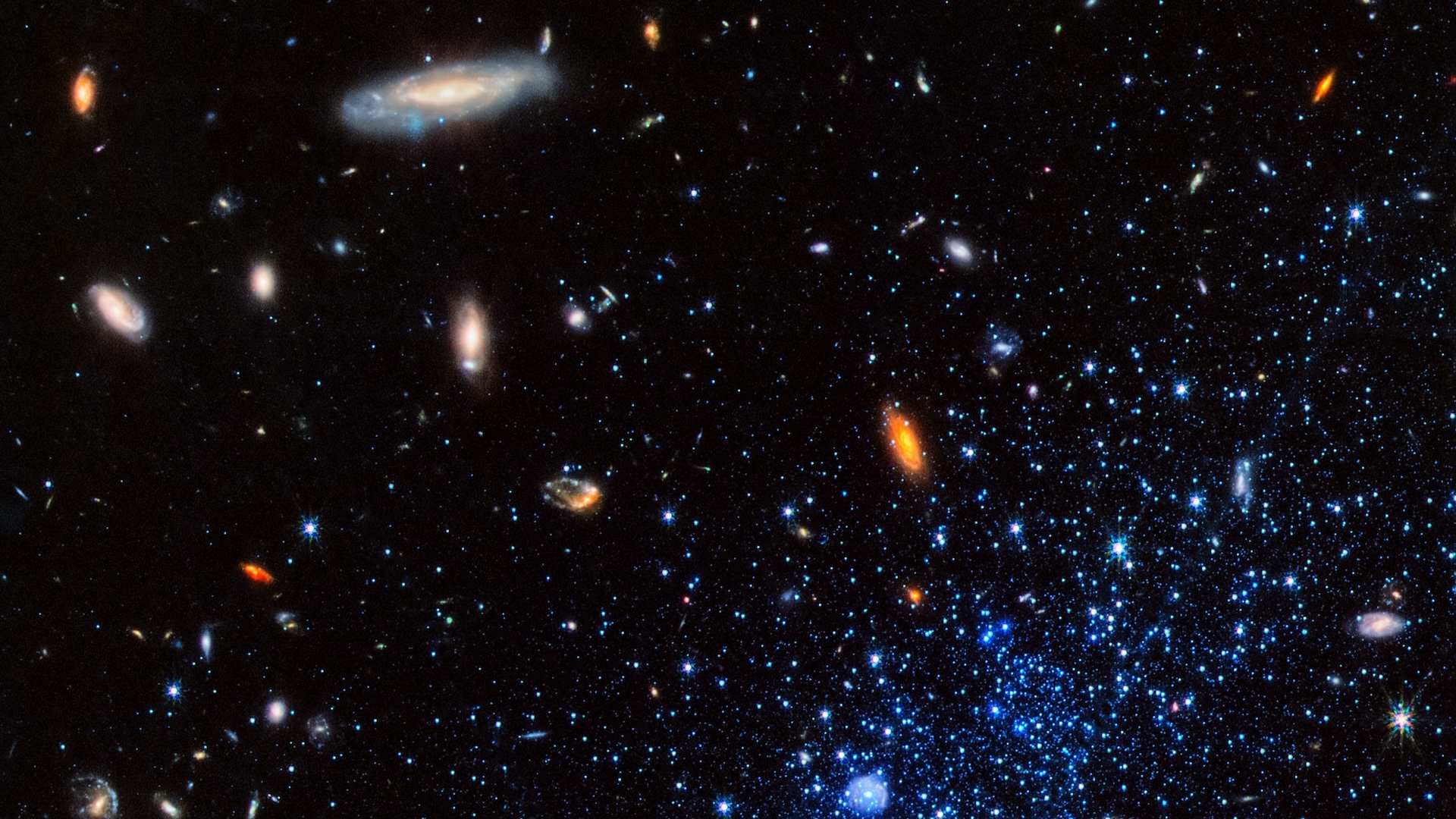Space news, features and articles
Explore Space
Editor's Picks
Latest about Space

Two planets will form a 'smiley face' with the moon on April 25
By Pandora Dewan published
A rare 'smiley face' triple conjunction is coming to Earth's morning skies on April 25, when Venus, Saturn and the crescent moon form a celestial smirk near the horizon.

The universe's 'missing matter' may have finally been found
By Joanna Thompson published
About half of the non-dark matter in the universe cannot be accounted for by stars and galaxies alone. Now, scientists say previously undetected clouds of hydrogen gas could finally reveal it.

NASA rover reveals signs of crucial life-sustaining process on Mars
By Ben Turner published
Samples drilled by the Curiosity rover on Mars have revealed abundant signs of a carbon cycle that remained hidden from orbital scans, alongside clues of how life may have been wiped out on the planet.

A mysterious, 100-year solar cycle may have just restarted
By Harry Baker published
New research suggests that the unexpected intensity of the ongoing solar maximum may be partly tied to a lesser-known, 100-year solar cycle. If true, solar activity could spike further in the coming decades. But some experts are skeptical.

Lyrid meteor shower peaks after Easter: How to spot the most 'shooting stars'
By Jamie Carter last updated
Roughly 20 "shooting stars" per hour may be visible during the peak of the Lyrid meteor shower overnight on Monday, April 21-22.

Scientists reveal 'most promising yet' signs of alien life on planet k2-18b
By Jess Thomson published
Scientists have discovered evidence of large quantities of biosignature chemicals — only known to be made by life on Earth — on an exoplanet more than 100 light-years away. It could be the most promising sign yet of alien life.

James Webb telescope spots Milky Way's long-lost 'twin' near the dawn of time
By Brandon Specktor published
The James Webb Space Telescope has discovered Zhúlóng, a candidate for the most distant spiral galaxy in the universe. The perplexing Milky Way 'twin' dates to 1 billion years after the Big Bang, and appears too big to explain.

Northern lights ignite night sky after rare double solar eruption
By Patrick Pester published
Solar eruptions created a northern lights display in North America and Europe overnight, with more auroras expected through Thursday.

Newly 'awakened' black hole is releasing 100 times more energy than scientists have seen before
By Elana Spivack published
The quasi-periodic eruptions of X-rays from a black hole 300 million light-years away are unlike any researchers have ever seen before.

The James Webb telescope reveals the truth about a planet that crashed into its own star
By Elana Spivack published
Scientists thought they saw a distant star swallow a planet for the first time ever. But new observations from the James Webb Space Telescope suggest something very different, but equally rare, may have happened instead.
Sign up for the Live Science daily newsletter now
Get the world’s most fascinating discoveries delivered straight to your inbox.



